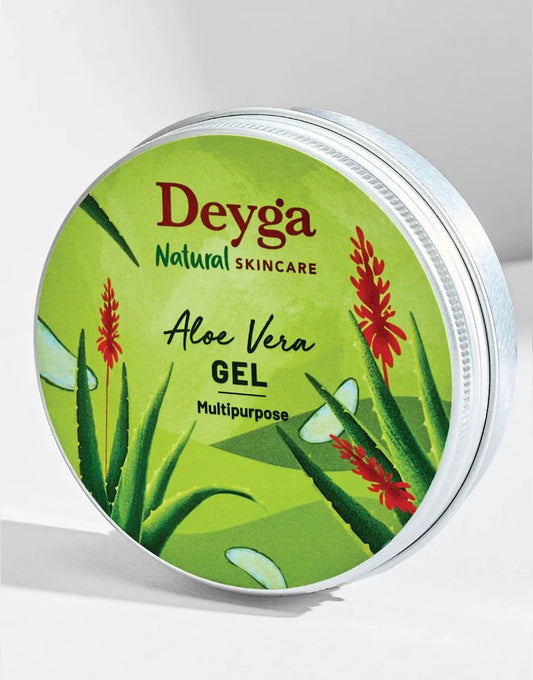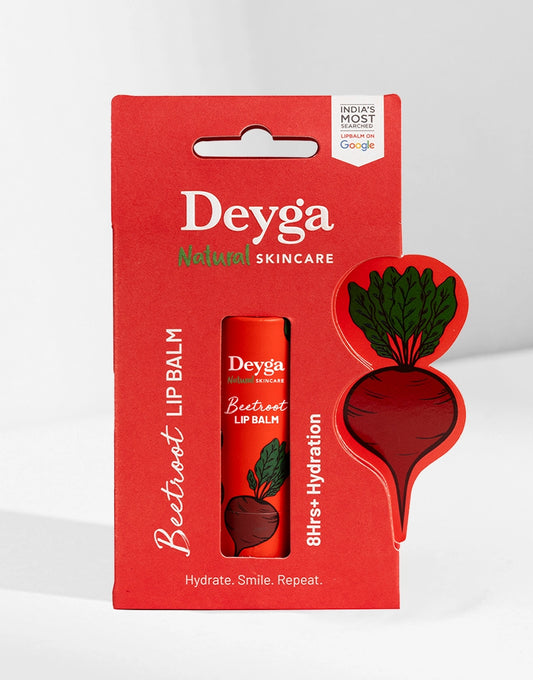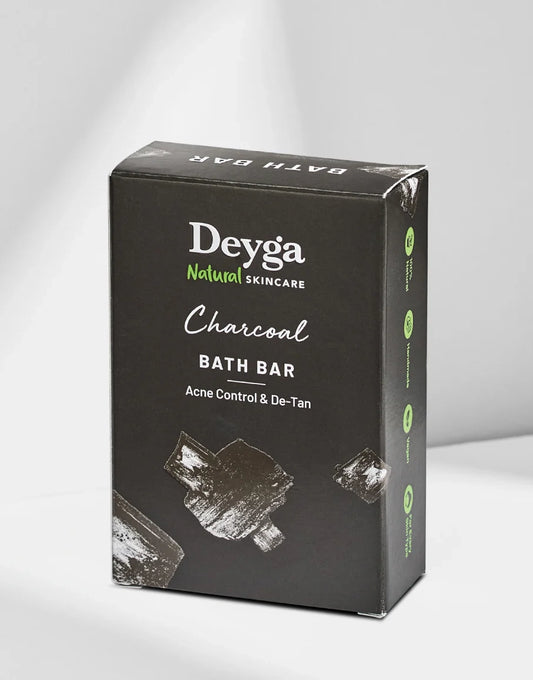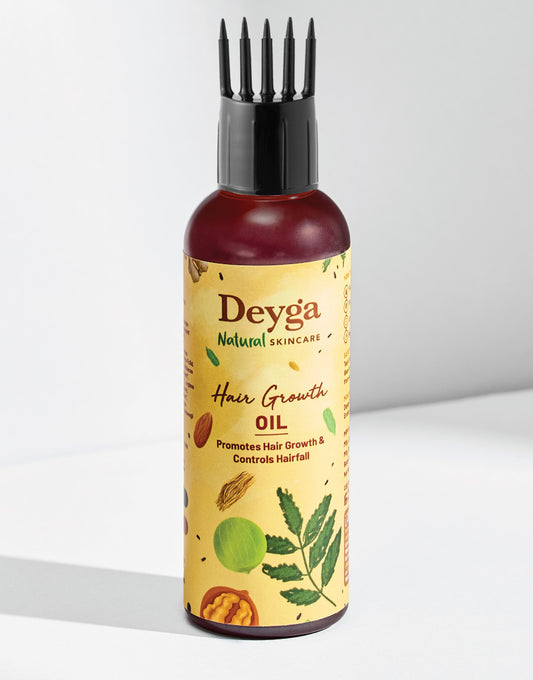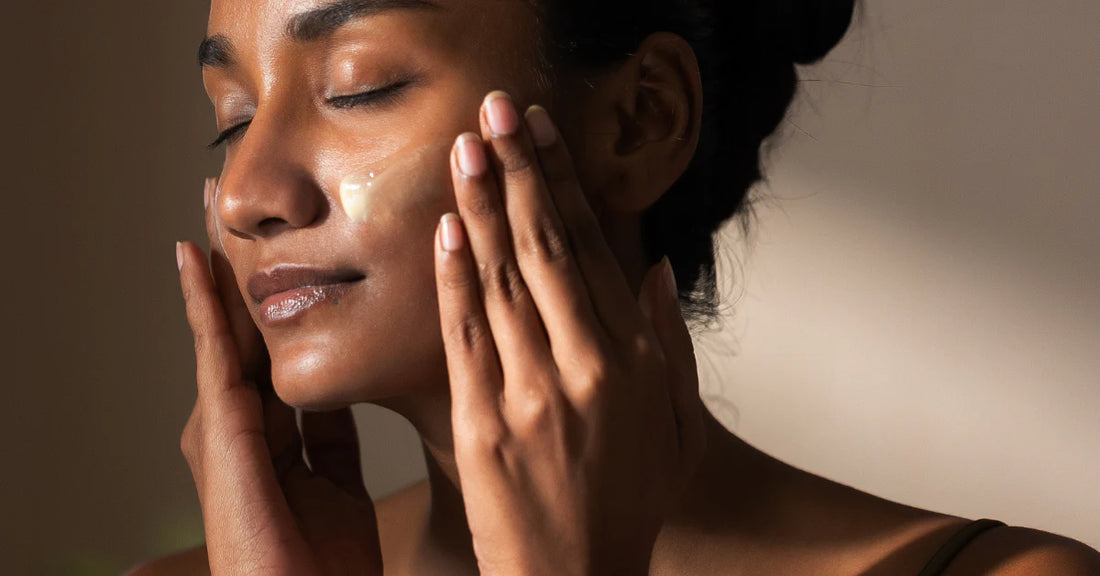For people with dry skin, skincare products tend to make the skin dry, patchy after a period of time. This may be because of any skincare products, but one thing which will be main is “sunscreen”. While choosing sunscreen for dry skin, ensure to opt with products which help in making the skin moisturized and hydrated while protecting them.
In this blog, people with dry skin will get to know how to pick the sunscreen, and how they can help in elevating your skin, rather than giving a boring or lifeless look.
The Best Sunscreens for Dry Skin (By Scenario)
-
Indoors / Office - While being inside, you can choose a minimum of SPF 30 sunscreen and above. Ensure they have nourishing ingredients like glycerin or hyaluronic acid or even nourishing oils and butters.
-
Makeup days : A hydrating mineral or hybrid with silicone elastomers/dimethicone for grip + ceramides for barrier support. Think “sunscreen-primer” feel. Allure’s dry-skin round-up consistently calls out elegant textures that don’t pill.
-
Outdoor/Sweat/Rainy days: Choose SPF 50, PA++++, water-resistant 40–80 min with a lotion/cream base (more occlusive = happier dry skin). Health’s body list is helpful if you want one tube for face + body.
-
Sensitive or Damaged Skin Barrier: Go for mineral based sunscreens like Zinc or Titanium Di-oxides. Since these skin types get irritated easily, ensure they have ingredients like ceramides or squalene. Never pick products which have fragrance in it.
PA++++, SPF & Filters—What Matters for Dry Skin
-
SPF = UVB burn protection. Aim for SPF 50 for daily reliability.
-
PA rating = UVA aging/browning protection. PA++++ is currently the highest tier, indicating high persistent pigment darkening (PPD) protection—crucial for preventing photo-aging and uneven tone.
-
Filters & feel:
Mineral (zinc/titanium): Sit on skin and deflect/scatter UV; often soothing but can look dewy or leave cast unless well-formulated. Suits better for sensitive/dry skin.
Ingredients Dry Skin Loves in Sunscreen
-
Humectants: Hydration ingredients like hyaluronic acid and glycerin, helps in keeping the skin well nourished and moisturized.
-
Barrier helpers: Ingredients like ceramides, squalane, Vitamins, Oils, and Butters help in locking skin moisture and reduce dry skin or tight skin.
-
Silicones: Helps in keeping skin smoother and softer for a prolonged period of time. Keeping the base moisturized for makeup.
-
Tint + iron oxides (in mineral SPFs): Provides protection to the skin. People dealing with melasma or un-even skin tone also benefit better.
The Shortlist: Editor-Backed Styles to Look For
-
Hydrating Chemical Lotion (SPF 50/PA++++)
Pick a lotion-cream labelled “hydrating” with glycerin/HA/VE, “broad spectrum,” and ideally water-resistant if you’re outside. The Guardian’s 2025 curation calls out elegant, non-greasy textures that people actually enjoy wearing daily—key for dry skin. -
Mineral or Hybrid “Serum SPF”
If you like a dewier finish, look for zinc oxide-led formulas with ceramides + squalane or “serum sunscreen” textures that hug foundation without rolling. Allure’s dry-skin list includes similar elegant mineral picks. -
Tinted Mineral for Extra Tone Protection
Ideal if you’re prone to hyperpigmentation: tinted zinc formulas with iron oxides help with visible light. Dermatologists favor these for pigment-prone skin. -
Body-Face Workhorse (One-and-done on trips)
A body lotion SPF tested by editors/derms can double on the face if the finish suits you—especially when your skin is extra dry on flights or beach days. Health’s 2025 guide has solid, water-resistant options.
How to Layer Sunscreen in a Dry-Skin Routine (No Pilling)
AM routine order:
-
Start with a gentle cleanser.
-
When the skin is a little damp, use a hydrating serum like Hyaluronic Acid or Glycerine-based.
-
Never miss using Moisturizer to keep skin well hydrated and nourished.
-
Incorporate SPF 30 or SPF 50 sunscreen. One of the must in skincare routine.
Tips that matter:
-
Give 2–5 minutes after moisturizer so SPF doesn’t slip.
-
Use the two-finger rule for face/neck; more for exposed areas.
-
If you are outdoors, reapply every 2hrs. Consider over-makeup mists as a practical top-up, as highlighted in 2025 lists.
Common Mistakes (That Make Dry Skin Drier)
-
Using gel or alcohol-heavy SPFs every day. They feel light but can tighten dry skin—save for humid days.
-
Skipping moisturizer under SPF. Sunscreen isn’t a moisturizer (unless specifically designed as such).
-
Under-applying because of white cast fear. If mineral casts bother you, choose a tinted or hybrid formula instead of skimping.
-
Not reapplying indoors. UVA penetrates glass; if you sit by windows, top up at lunch.
Conclusion
For people dealing with dry skin, choose skincare products wisely. Ensure they are moisturizing, and they work better when combined with the skin. There are quite a lot of factors to consider while picking Sunscreen. The number, followed by PA and the stars.
Deyga SPF has natural ingredients in them, which makes them safe and gentle when incorporated in skincare. No matter if you are inside the house, have cloudy climatic conditions, and even anything or everything, go with SPF 30 at bare minimum.
FAQs
1) Do I need PA++++ or is SPF 50 enough?
You need both: SPF 50 covers UVB; PA++++ signals strong UVA protection that drives aging and uneven tone.
2) Mineral or chemical—what’s better for dry skin?
Both can work. Minerals tend to be gentler, chemicals are often more elegant/invisible. Prioritize hydrating bases and the finish you’ll wear daily.
3) Can my body sunscreen work on my face?
Yes, if the finish feels comfortable and it’s non-irritating. Many editor-tested body SPFs are great “one tube” solutions for travel.
4) How much should I use on the face?
Two fingers worth for face/neck (about 1/3–1/2 tsp). Reapply every 2 hours outdoors.
5) Does tinted sunscreen help dry skin?
Tint doesn’t hydrate by itself, but tinted mineral SPFs often include emollients and offer visible-light protection—nice if you’re pigment-prone.
 Track My Order
Track My Order
